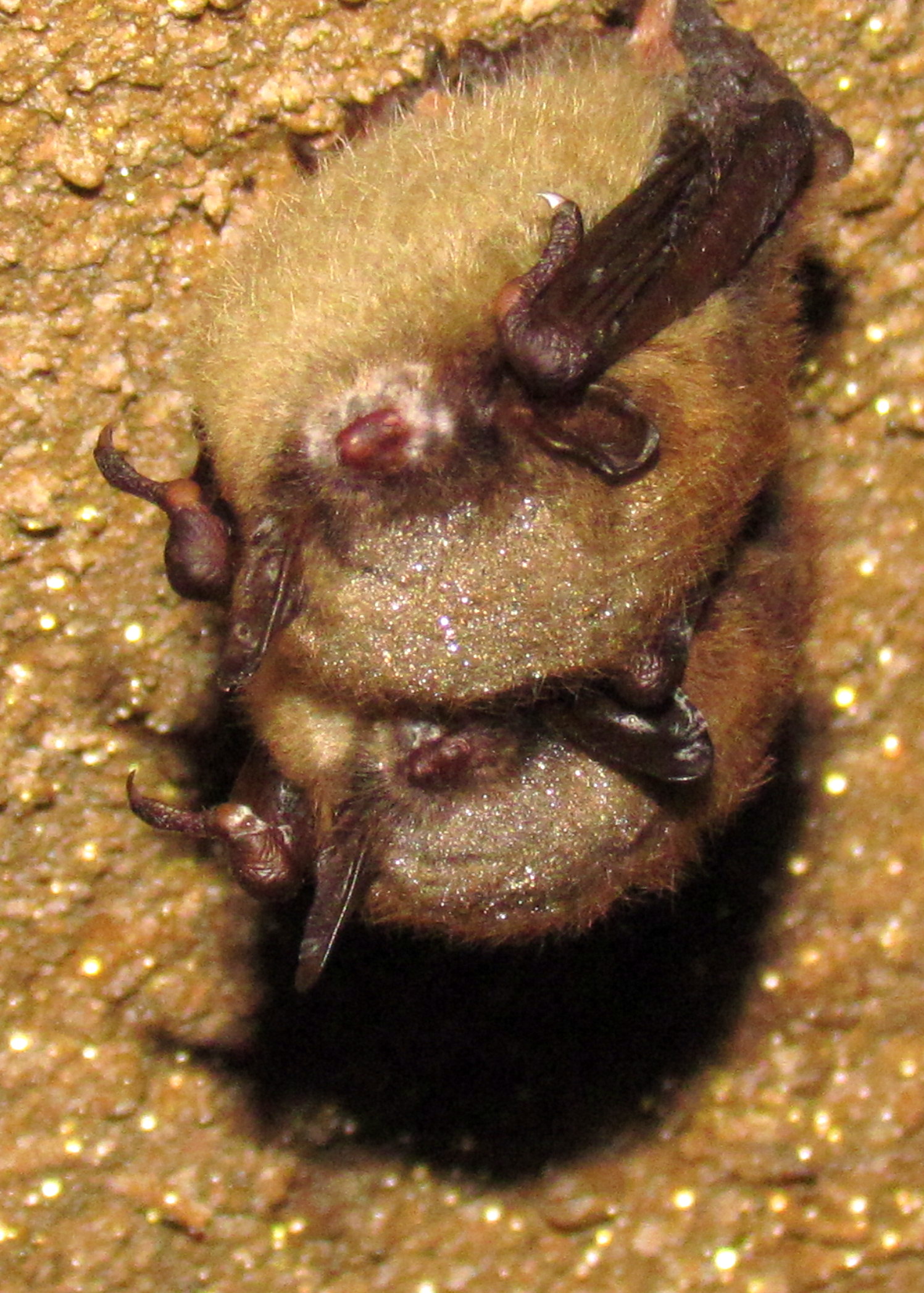Bat cave blues
White-nose syndrome has killed millions of bats, cutting a deadly path across North America. Originally confined to the eastern United States, the disease is now affecting bats in Washington, Oregon, and California.
Caused by the fungus Pseudogymnoascus destructans, the disease attacks bats when they are hibernating, said Professor Marm Kilpatrick. The disease appears as a white powder on the bats’ skin, hence its name.

Kilpatrick, a disease ecologist, was interested in how the fungus spread between and among different bat species never observed in social groups or in contact with each other. To study this, Kilpatrick and Joseph Hoyt, then a doctoral student (and now an assistant professor at Virginia Tech), daubed a UV fluorescent powder, which mimics the fungus, on individual bats. Tracking the dust’s spread in the caves and to other bats showed how “cryptic” connections—shared contact with part of the cave or very brief contact with other bats—play a key role in transmission of the fungal pathogen. The mechanism is similar to how contact between strangers coming together in planes or subway cars, or in stores or cafes, might spread human pathogens, like the coronavirus in the Covid-19 pandemic, Kilpatrick said.
The overall prognosis for bat species in North America is dire, said Kilpatrick, who is also researching potential treatments. The northern long-eared bat, for example, has suffered population declines of more than 99 percent; three other species have also been heavily affected but will likely persist. “The disease has caused massive, enormous declines,” Kilpatrick said.

